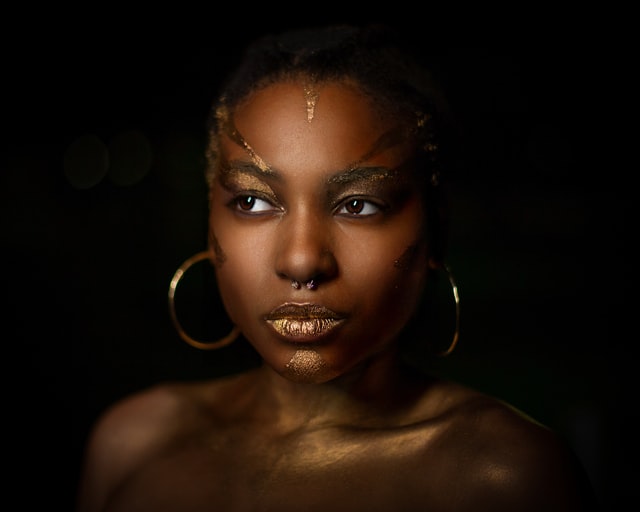Africa is the home of great beginnings. In fact, it’s been said that Africa is the origin of life. Our continent is a hub of cultural and intellectual hallmarks, and the source of many natural resource treasures like precious gems and coffee. We are blessed to live on the soil that inspires various trends worldwide.
Africa is bursting with creation and inspiration. In honour of Africa Day, we’re taking a look at what Mama Africa has delivered to the world, from ancient periods until now.
Coffee:
Yes, today coffee is mostly a part of European culture, and was initially traded on the Arabian Peninsula. But the coffee beans stem from the ancient forests of Ethiopia in the 10th century. The legend, according to the National Coffee Association, is that a goat herder named Kaldi first discovered the potential of the beans when he noticed that his goats were very energetic after eating the ‘berries’ from a certain tree.
Mathematics:
Africa is home to the world’s earliest known use of measuring and calculation.
Africans were using algebra and geometry in daily life long before the rest of the world, who would later learn those skills in what we now know as traditional mathematics. The earliest numeric system on record stems from Egypt. In terms of mathematical tools, Africa was innovative. An example is the Lebombo Bone (35 000 BC) – a baboon fibula used for measuring. It had distinct markings that essentially made it a ruler. You can read more about ancient mathematical devices here.
Art:
An international team called an artwork found in South Africa (Blombos Cave) the earliest known drawing in history, according to National Geographic. Blombos Cave is an archaeological site located in Blombos Private Nature Reserve, about 300km east of Cape Town on the Southern Cape coastline.
This was incredibly important because it marked the first record of “behaviourally modern” activities among the ancient Homo Sapiens.
Skincare:
Products incredibly popular all over the world today, which include ingredients such as Argan oil, were long an African trend before the world caught on.
Taken from the fruit of the Moroccan argan tree, argan oil was discovered long ago to be exceptionally good for the skin by the women of Morocco.
Additionally, Shea butter, which was used for centuries by the people of Central and West Africa, is found in so many skin care products today. The original innovators of this secret, being African people, would use the butter extracted from the shea nut.
Gold hoops:
Hoop earrings originated in Africa, dating back to Nubia – a civilisation that existed in the fourth century in what is now present-day Sudan, according to Yekaterina Barbash, associate curator of Egyptian art at the Brooklyn Museum states the New York Times.
Eyeliner:
Eyeliner was first used in Ancient Egypt where the people of Ancient Egypt used ‘kohl’, “the first recorded eyeliner-like substance known to historians, to trace their eyes,” according to Vice.
Long nails:
Dating all the way back to 3000 BC, “Egyptian women were thought to have worn nail extensions created from ivory, gold and bone.”
Jazz:
The Pulitizer prize-winning composer and author Gunther Schuller wrote that “every musical element – rhythm, harmony, melody, timbre, and the basic forms of jazz – is essentially African in background and derivation.” Jazz and the blues were made popular largely by African American communities, birthing an entire era of music that largely categorised 1920’s USA.
Vital technology assets:
Cobalt’s main country of production is the Democratic Republic of Congo (DRC). Cobalt is vital in creating rechargeable batteries, like those we use in our phones.
South African inventions (to name a few):
- The CAT Scan
- The Computed Axial Tomography Scan or CAT was developed by Cape Town physicist Allan Cormack (IOL).
- The world’s first successful hearty transplant
- The world’s first successful penis transplant
Oil from Coal:
South Africa realised that we had minimal oil reserves, which led to Sasol, which is the world’s first – and largest – oil-from-coal refinery and it provides 40% of the country’s fuel (Sasol).
Picture: Unsplash

